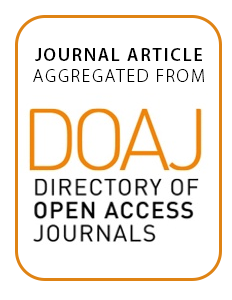Resource information
Inadequacies in the indication of cultural ecosystem services (CES) are a hindrance in assessing their
comprehensive impacts on human wellbeing. Similarly, uncertainties about the quantity and quality of
CES, in real time and space, have hampered the ability of resource managers to precisely take responsive
management actions. The aim of the study is to demonstrate, how CES indicators can be identified and
qualified in order to link CES to human wellbeing, and to integrate them into the ‘ecosystem services cascade’
and the Driver-Pressure-State-Impact-Response (DPSIR) models. A case study methodology is applied at the
Nairobi-Kiambu (Kenya) peri-urban area. Primary data on CES was collected in the case study through survey,
field observations and matrix tables. Secondary data originates from literature analysis. Results show that
the participatory identification of CES and human wellbeing indicators could improve their transparency
and comprehensibility. The environmental policy formulation and implementation processes have been
demonstrated. The tripartite framework of CES-human wellbeing-DPSIR has demonstrated more linkages
and feedbacks than initially indicated in the cascade model. For policy formulation and implementation,
appropriate communication of results is mandatory. This is illustrated by a terminology that enables the
transfer of scientific messages to stakeholders, especially for the local people. The conclusion indicates the
importance of consistency in qualifying CES and human wellbeing indicators even at this time of urgency to
bridge the gaps existing in CES and human wellbeing research.



